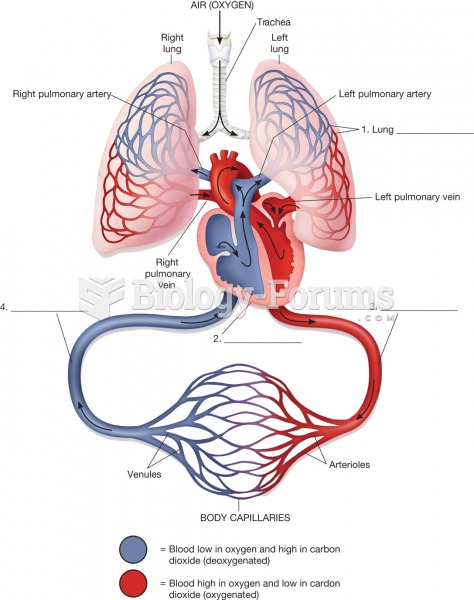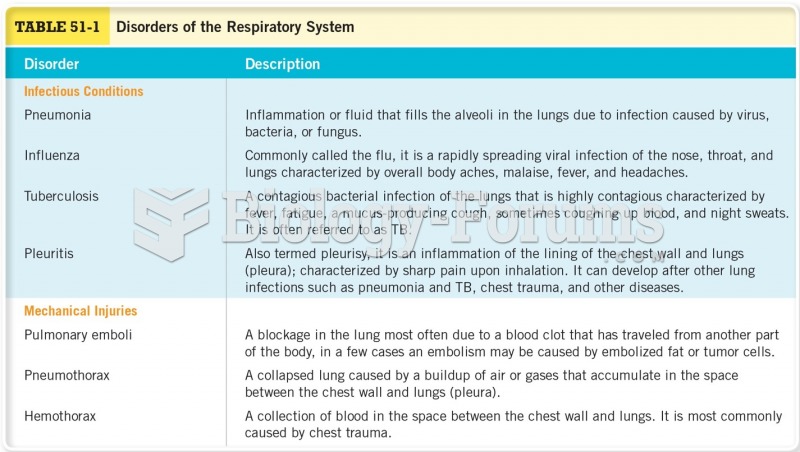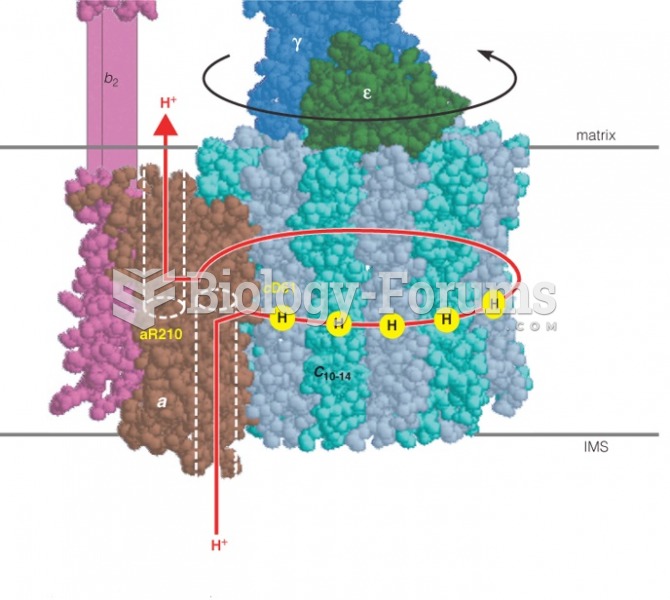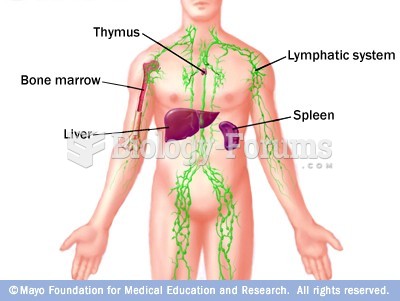Answer to Question 1
The endocrine system is a system of organs and glands that secrete hormones into our blood stream that act as biochemical messengers to their respective target cells and organs. Upon reaching these targets, these hormonal messengers regulate activity of the cells they affect. Since the process requires the circulatory system to deliver the message to target cells, it is much slower than the almost instantaneous direct neural transmission to the target organs. However, once hormones reach their targets, their overall effect is sustained until these molecules are metabolized by the body. Whereas direct neural stimulation can be likened to the speed and shorter duration of a sprinter, hormonal action can be likened to the slower but longer term endurance of a long-distance runner. Each has its advantages and disadvantages. During the fight-or-flight response the endocrine system and the sympathetic nervous system work as somewhat redundant systems to synergistically achieve a common outcome.
Answer to Question 2
Sympathetic branch activation during the fight-or-flight response results in increased dilation of the pupils for maximal visual access to threatening stimuli. Interestingly, our eyes also dilate when we see pleasurable stimuli, like potential mates, perhaps to also maximize visual access, though for obviously different reasons. The lungs experience bronchial dilation to maximize oxygen input into the bloodstream. The heart rate and stroke volume (the amount of blood ejected during the heart's contraction) increase while the blood vessels constrict which has the net effect of cranking up the body's blood pressure to move blood more rapidly through the system so that it can more quickly oxygenate and fuel the brain and large muscles of the body.







